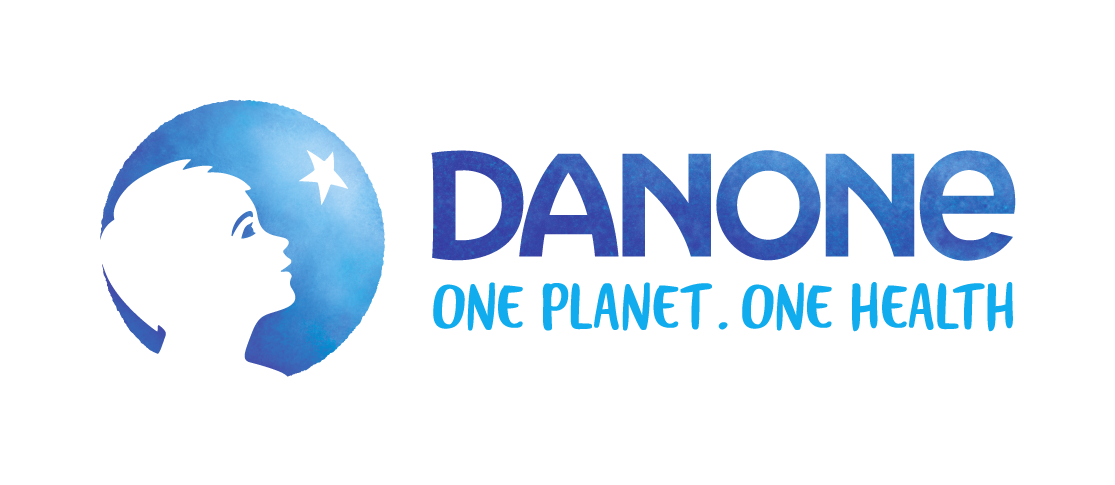
CO2-mitigation
Danone is here to support farmers in reducing their CO2 emissions
Long before the Paris Climate agreement, where the world pledged to set a 2°C target, Danone started working to reduce its own CO2 emissions.
CO2-mitigation
 Planet
Planet
Danone is here to support farmers in reducing their CO2 emissions
Long before the Paris Climate agreement, where the world pledged to set a 2°C target, Danone started working to reduce its own CO2 emissions.
From 2008 onwards, climate policy has been on Danone’s mind. And in 2015, it resulted in a strict and public engagement. Danone was going carbon neutral by 2050.
Click here to read our climate policy
Setting a new standard for the industry
As one of the first companies to commit to zero net, we are still devoted to doing better.
We know emissions don’t stop at our factory gates. That is why we want to improve the whole of our supply chain. We are dedicated to supporting farmers and countries to achieve their climate goals, pushing innovation along the way.
Since 2016, our teams continuously assess and monitor emissions on our partnering dairy farms. With those farmers and the CoolFarmTool, we are looking for ways to reduce our emissions even more

At Danone, we want to go beyond a 2°C increase in global temperature. We are committed to reducing our CO2 emissions on dairy farms by 3% per kg of fat and protein corrected milk per year.

By pooling our resources and working together, we want to set an example for the whole dairy industry.
Winning our planet back
A 3% yearly promise isn’t one we take lightly. Some countries are already ahead of the game and require investments and innovation to reduce their emissions even further.
Our partners in Belgium, for example, are spearheading the movement – both within Danone and on an industry level. Their carbon footprint is so low that we need breakthrough innovations to reach a 3% reduction.
Other countries have it a bit easier. With portfolio management alone, some managed to improve a whopping 12% last year.
Danone has the unique opportunity to work across borders and bring different fields of expertise together. Achieving 3% yearly at a local level isn’t easy. But we plan to move even beyond that. To achieve a maximum increase in global temperature of 1.5°C, we are pushing innovation further – reducing our carbon offset by more than 3% in the future.
Providing fact-based and viable solutions on a farm-level by
1) Working on the portfolio of farms (selecting the best to work with)
2) Improving the efficiency at a farm-level (allows a reduction of the number of emissions per kg of FPCM milk)
3) Improving farm practices that cut emissions and store more carbon in the soil.
Reducing emissions through 5 levers
1) Enteric fermentation
E.g. good fertility management
2) Feed production & grazing
E.g. better feed efficiency, traceable soy and high-quality pastures
3) Manure
E.g. using biodigesters
4) Energy & transport
E.g. using renewable energy and purchasing locally sourced feed.
5) Carbon sequestration
E.g. reforestation projects, soil health projects (e.g. no-till, soil cover)
With farmers as our ambassadors
Pilot farms test CO2-reduction methods and share the results with their colleague farmers.
Reducing CO2 emissions is about trust and viability. We want to support farmers we work with keep their business and provide them with economically sound farming methods that lower their carbon footprint without decreasing their output or income.
And consumers are all for it. Just take a look at the ambitions of HorizonOrganic in the US, a milk brand that aims to have a completely carbon neutral supply chain by 2025.
With the CoolFarmTool






